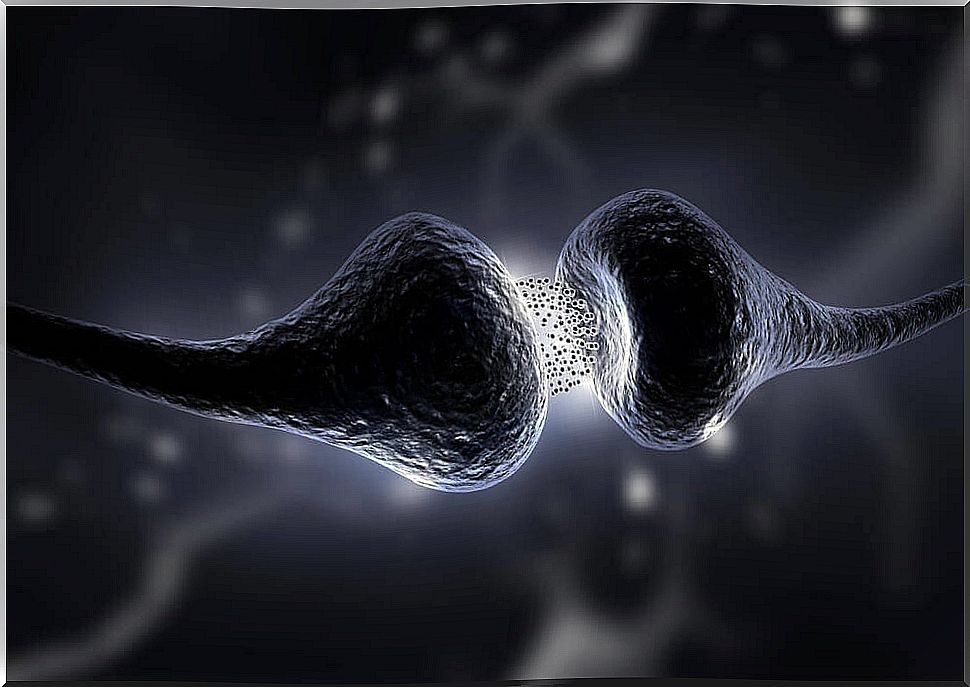Myasthenia Gravis, What Is It?
Myasthenia gravis is an autoimmune disease characterized mainly by weakness of the muscles that are controlled voluntarily.
It is a pathology in which the immune system attacks the receptors in the muscles that allow them to move normally. That is, the connection between nerves and muscles is interrupted, so they cannot work properly.
The term ‘myasthenia gravis’ comes from Latin and means ‘severe muscle weakness’. It is estimated that it affects 1 in 5,000 people. Although it can occur at any age, it is more common to appear before age 40 in women and after age 50 in men.
It is a very disabling and complex pathology that still has no cure. However, there are certain treatments that can alleviate symptoms. In this article we explain everything you need to know about myasthenia gravis.
What is myasthenia gravis?
To understand this pathology, we first need to slightly understand the functioning of the muscles. Muscles have receptors that receive chemical signals from nerves. Normally, when we want to perform a voluntary movement, these substances are released at the nerve ends. These substances act on muscle receptors and movement occurs with the required force and precision.

However, what happens in myasthenia gravis is that the immune system is disturbed and attacks these muscle receptors. This causes the chemicals to be unable to activate the muscles, leading to weakness and fatigue.
Muscle weakness increases with a period of activity. Myasthenia gravis usually affects muscles such as those that control facial expressions, chewing, or swallowing. Even the respiratory muscles can be affected.
What symptoms does myasthenia gravis produce?
As we have mentioned, the main symptom is muscle weakness. This weakness increases as a muscle is used repeatedly and improves with rest. Unfortunately, symptoms often worsen over time, and within a few years of the onset of the disease, they are already quite severe.
Many muscle groups can be affected, but the most common are:
- Eye muscles: Most people with myasthenia gravis have vision problems, such as double vision. Also, they often have a droopy eyelid, or both.
- Most of the patients have difficulty speaking. The voice usually has a nasal and soft tone.
- The swallowing process is affected: simple movements such as chewing or swallowing become weak and complex. This puts a risk of drowning when eating or drinking any food.
- Facial expressions are lost : people with myasthenia gravis often cannot smile normally.
- On the other hand, weakness can appear in the extremities or in the neck. When this occurs, the ability to walk or keep the head in a natural position is impaired and the head tends to fall sideways.

How is it diagnosed?
In order to diagnose myasthenia gravis, the doctor first needs to know all the symptoms and all aspects of the medical history. He will then do a thorough physical examination. In addition, many complementary tests are often needed to confirm the diagnosis. For example, doctors perform a neurological exam to check muscle strength and tone, reflexes, coordination, and so on.
Blood tests also provide quite useful information for diagnosis. As we have explained, it is an autoimmune disease, so specific antibodies are usually found in the patient’s blood. Other tests are also used such as:
- Ice bag test, which is useful when the patient has a droopy eyelid. The bag is placed on the eyelid for about two minutes and then it is analyzed if there is movement in that area.
- Repetitive stimulation of a nerve. This test allows you to send impulses through the nerves to see if they can stimulate the muscle.
In conclusion
Myasthenia gravis is a complex disease consisting of muscle weakness ; it can affect different parts of the body such as the eyes, limbs or respiratory muscles.
It is a serious pathology that puts the life of those who suffer it at risk. In addition, there is still no cure, so it is essential to go to the doctor before any symptoms so that he can establish the most appropriate treatment to control the symptoms.









